-
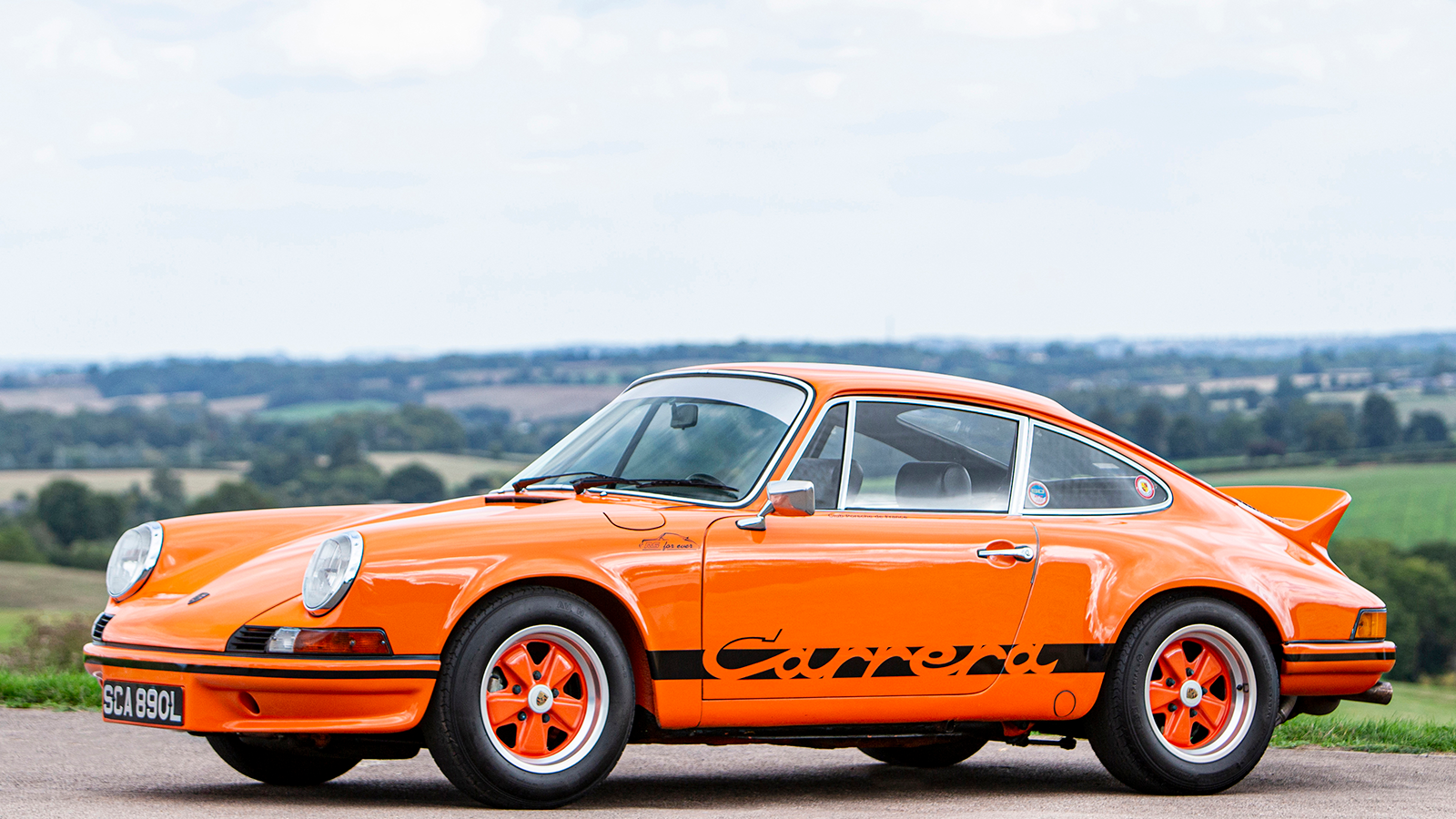 © RM Sotheby’s
© RM Sotheby’s -
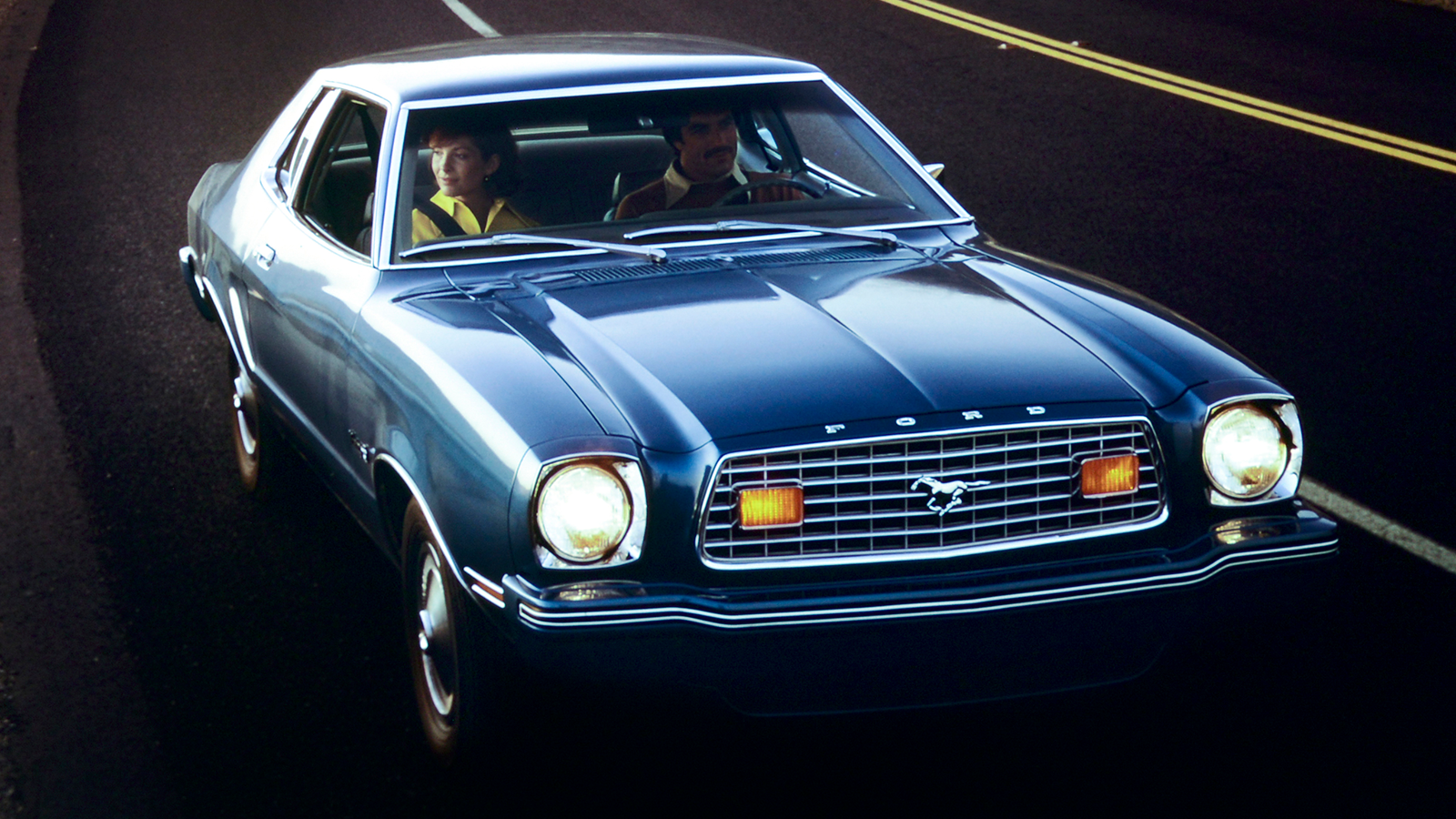 © Ford
© Ford -
 © Austin
© Austin -
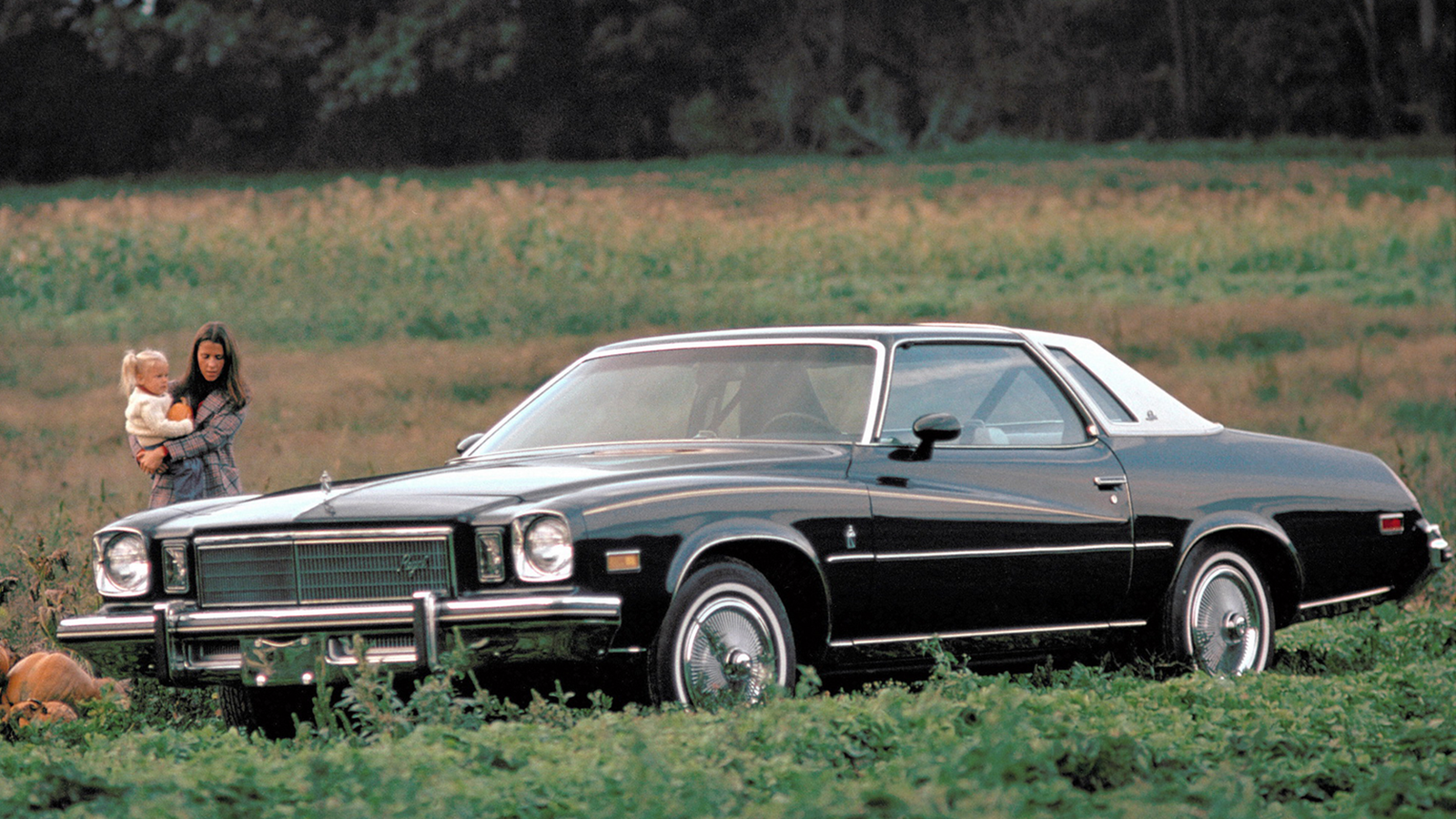 © Buick
© Buick -
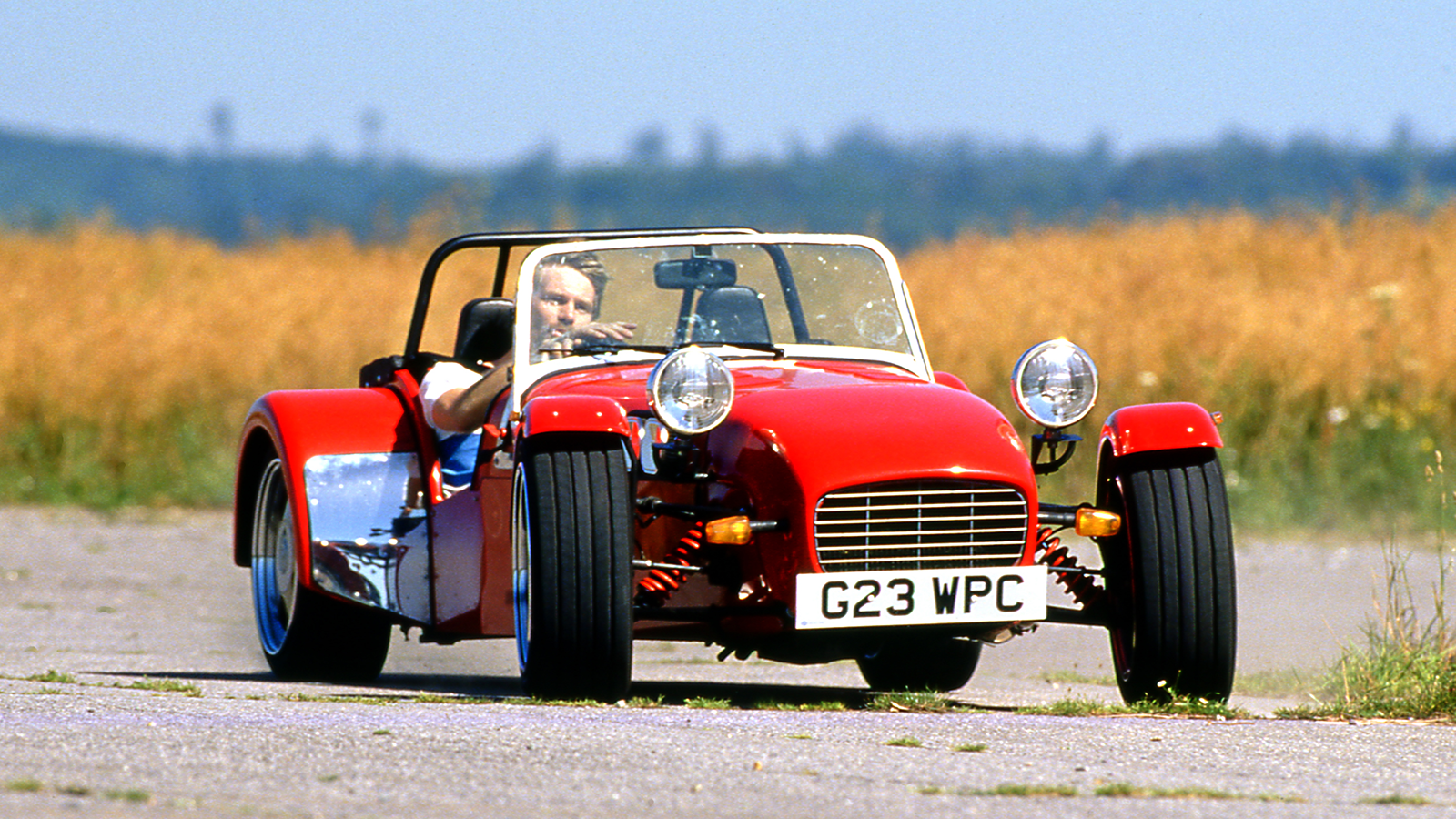 © Haymarket Automotive
© Haymarket Automotive -
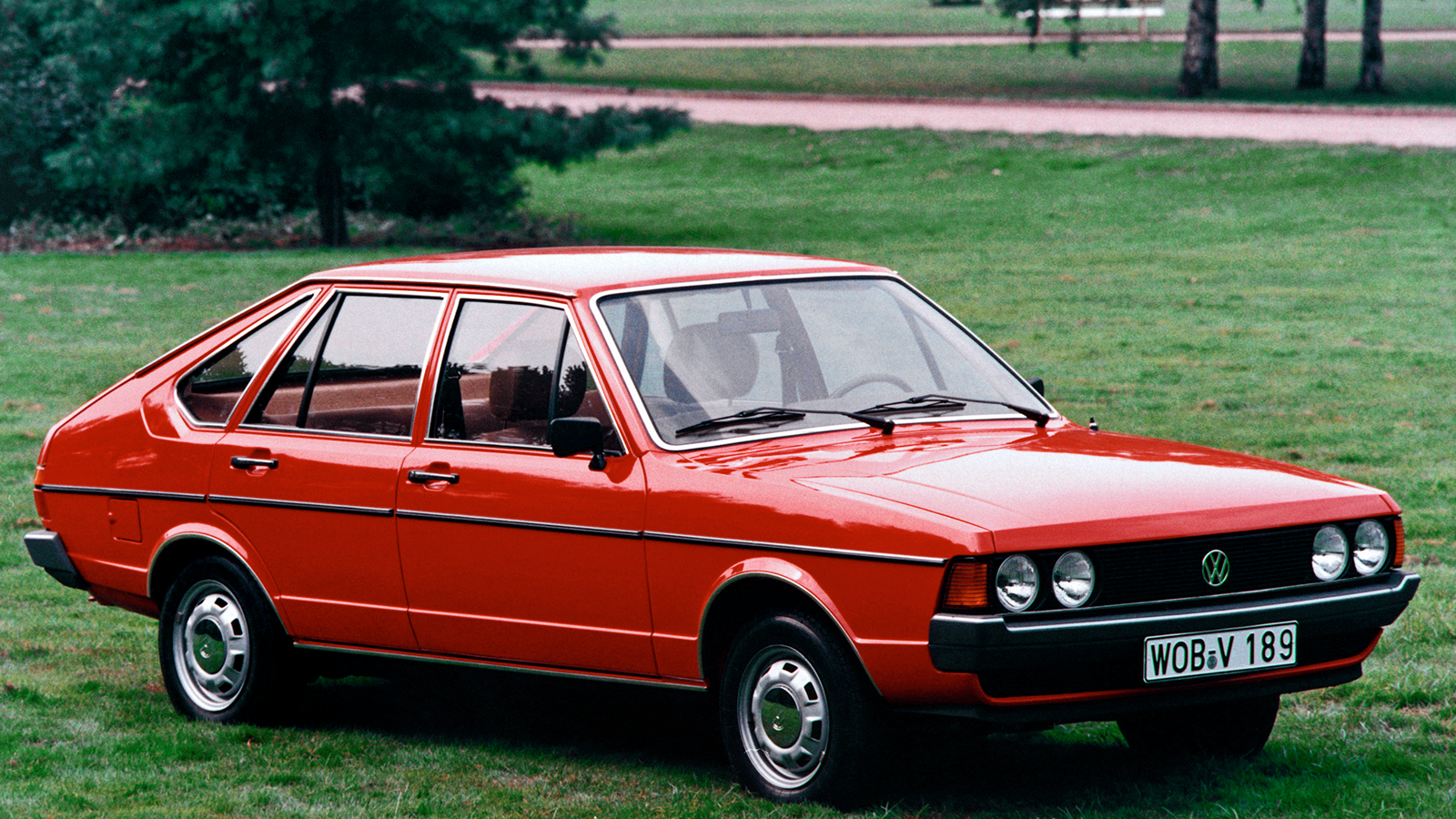 © Volkswagen
© Volkswagen -
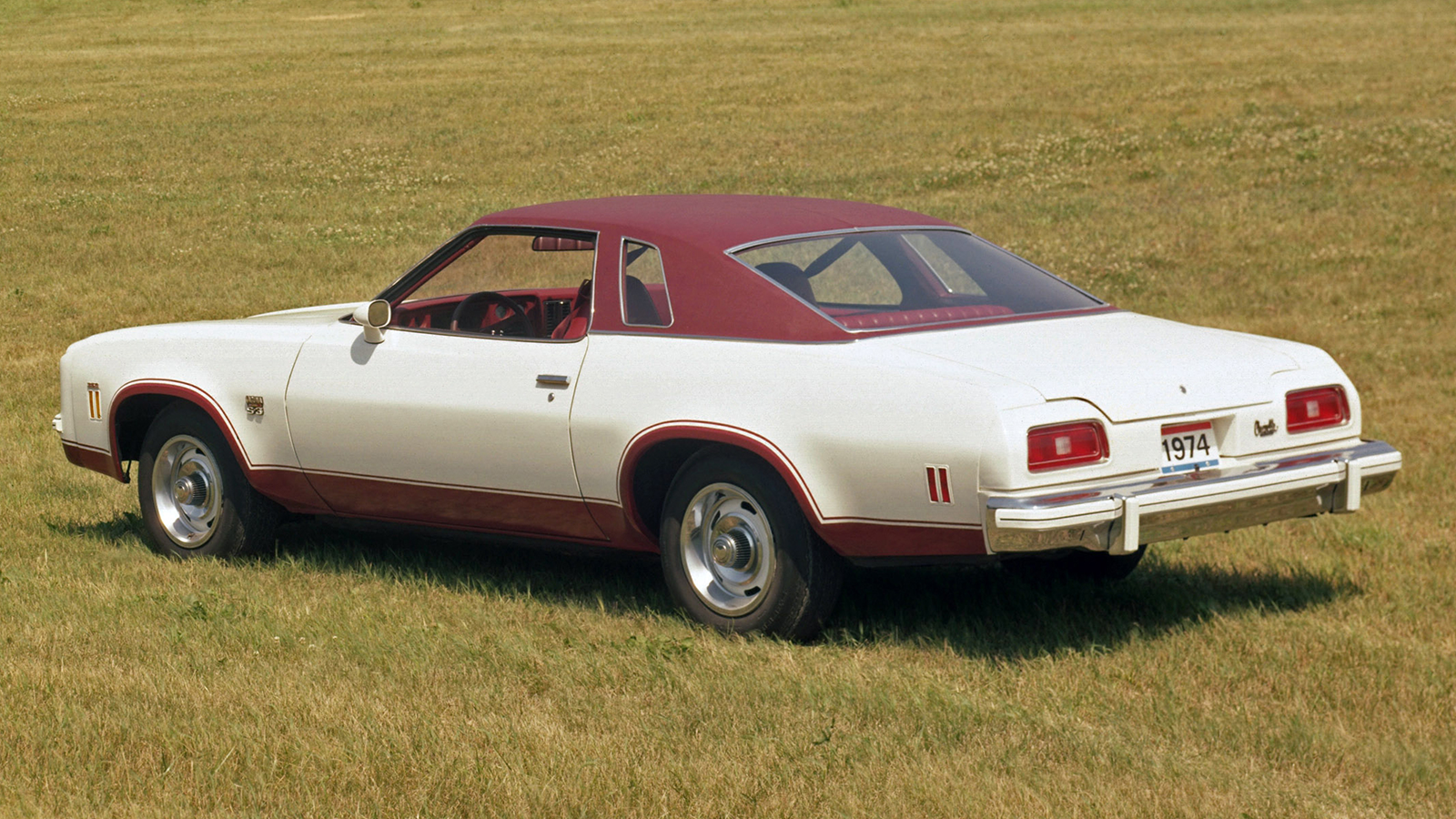 © Chevrolet
© Chevrolet -
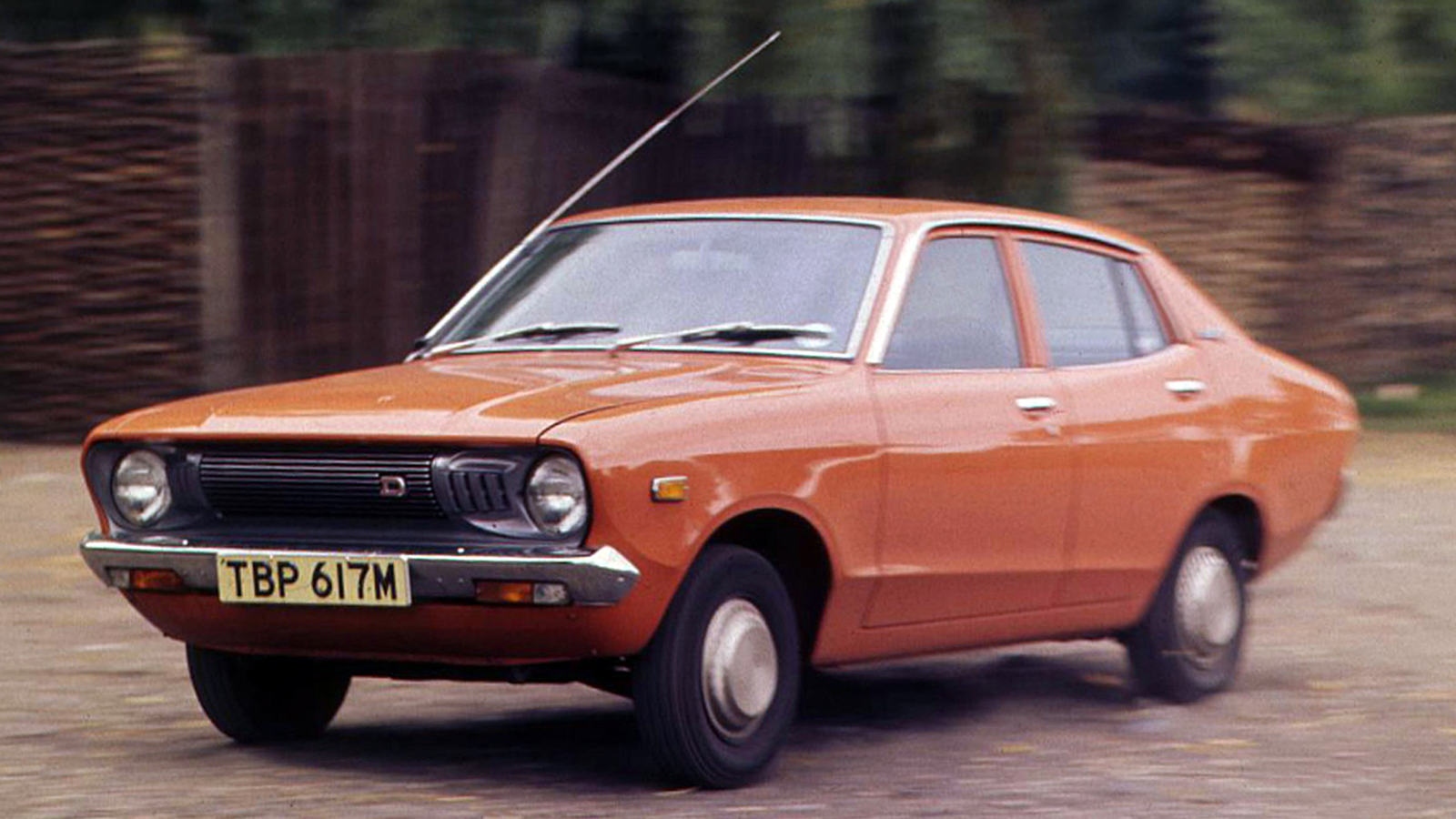 © Haymarket Automotive
© Haymarket Automotive -
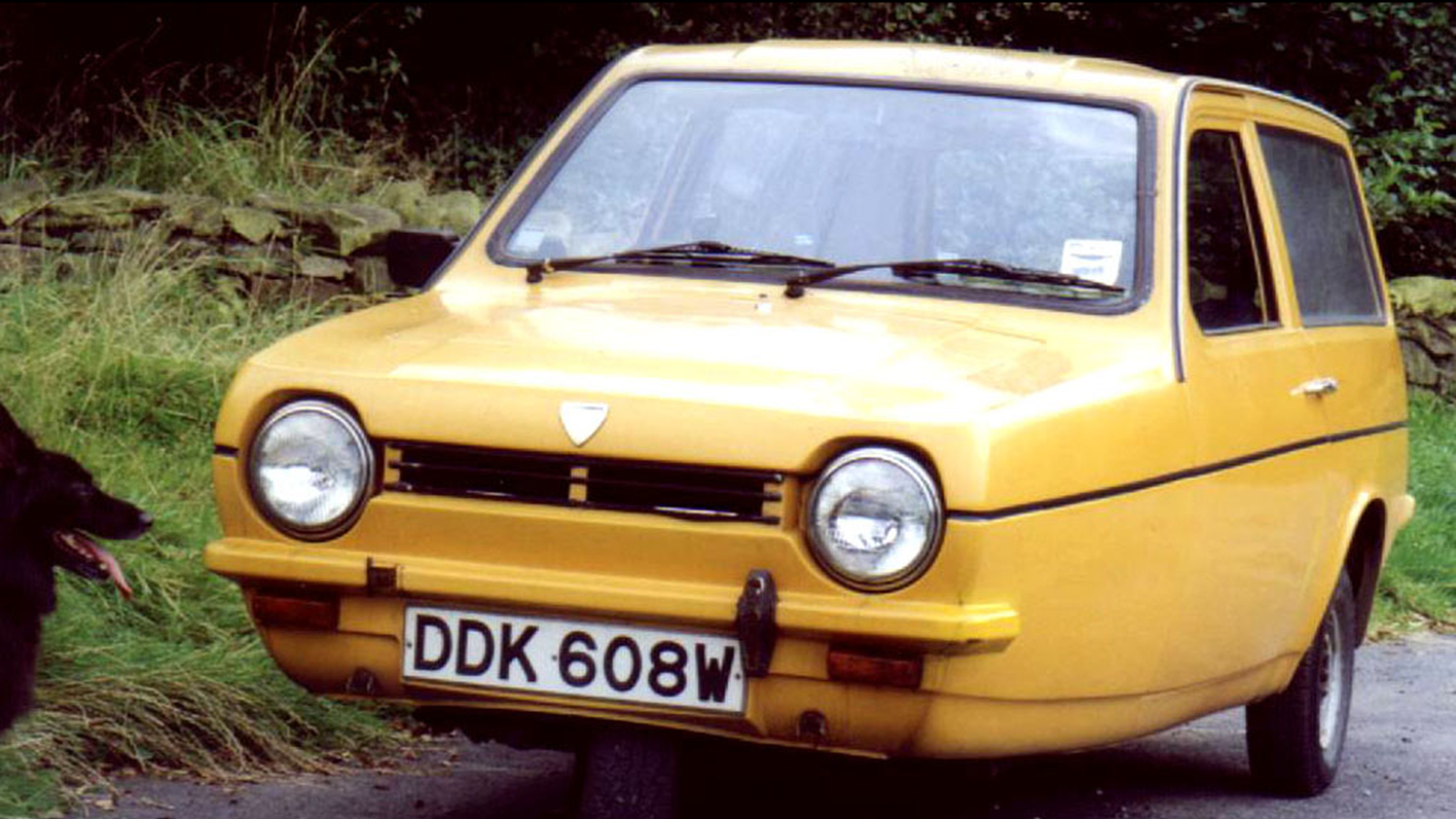 © Reliant
© Reliant -
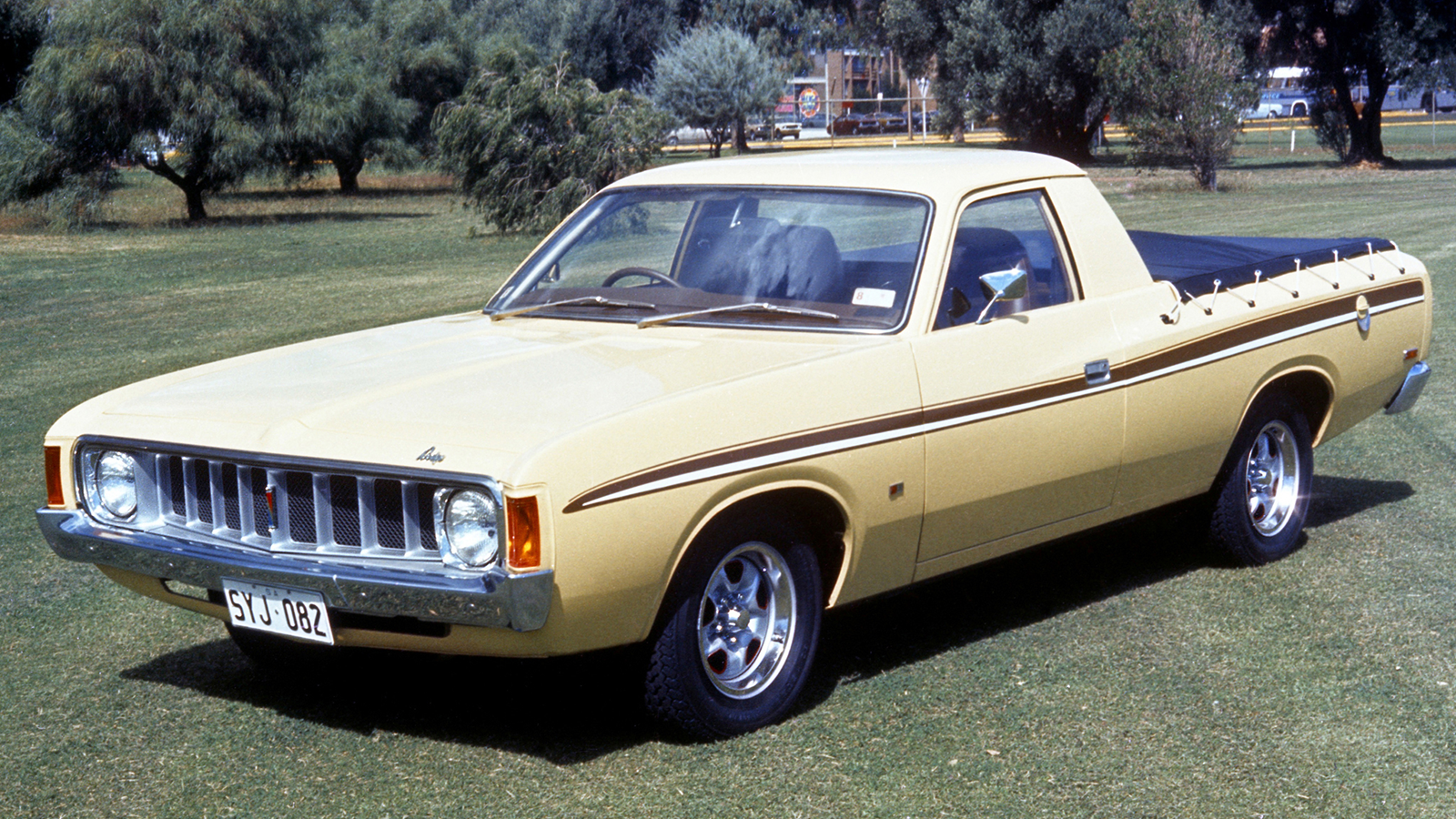 © Chrysler
© Chrysler -
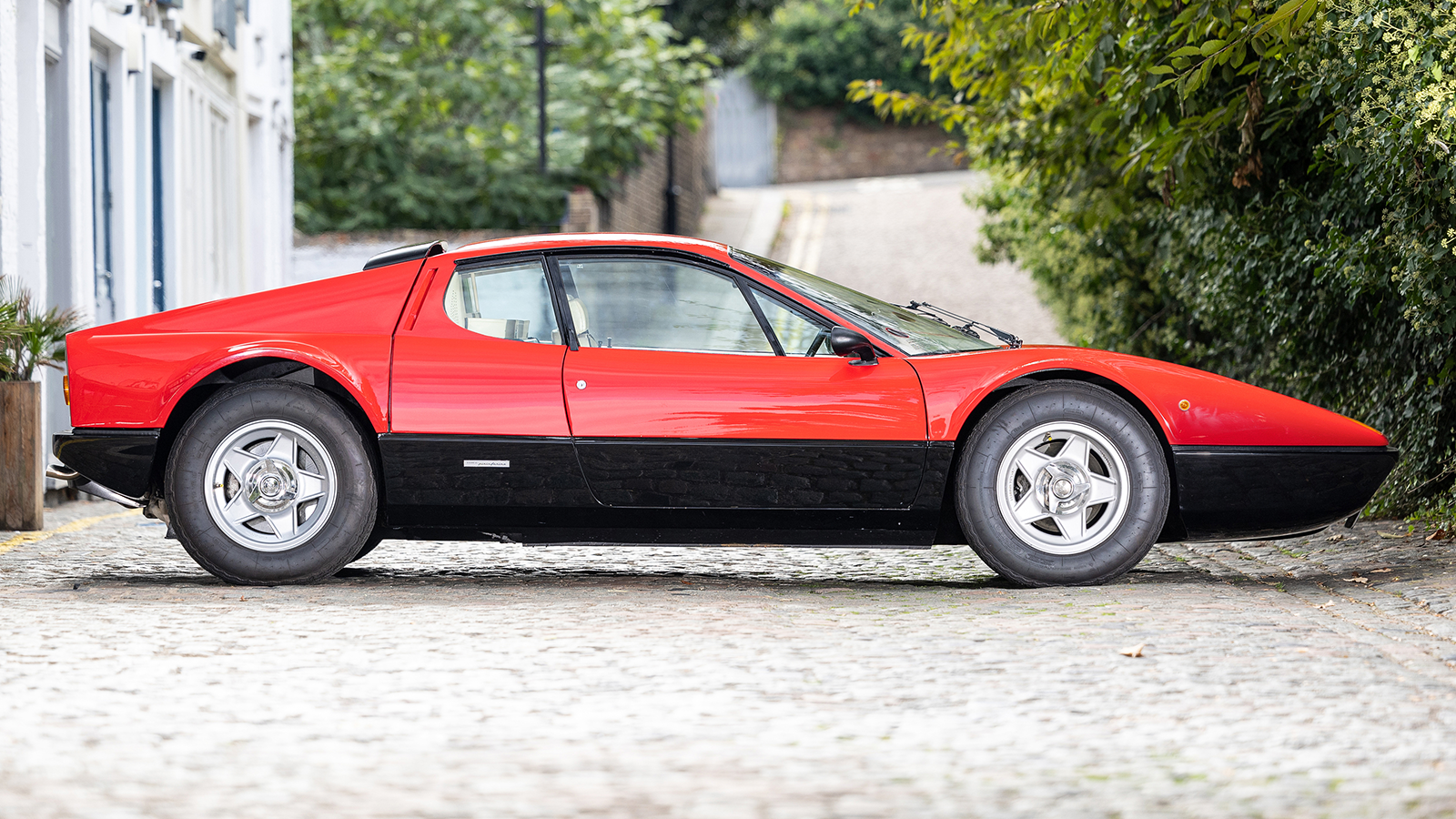 © RM Sotheby’s
© RM Sotheby’s -
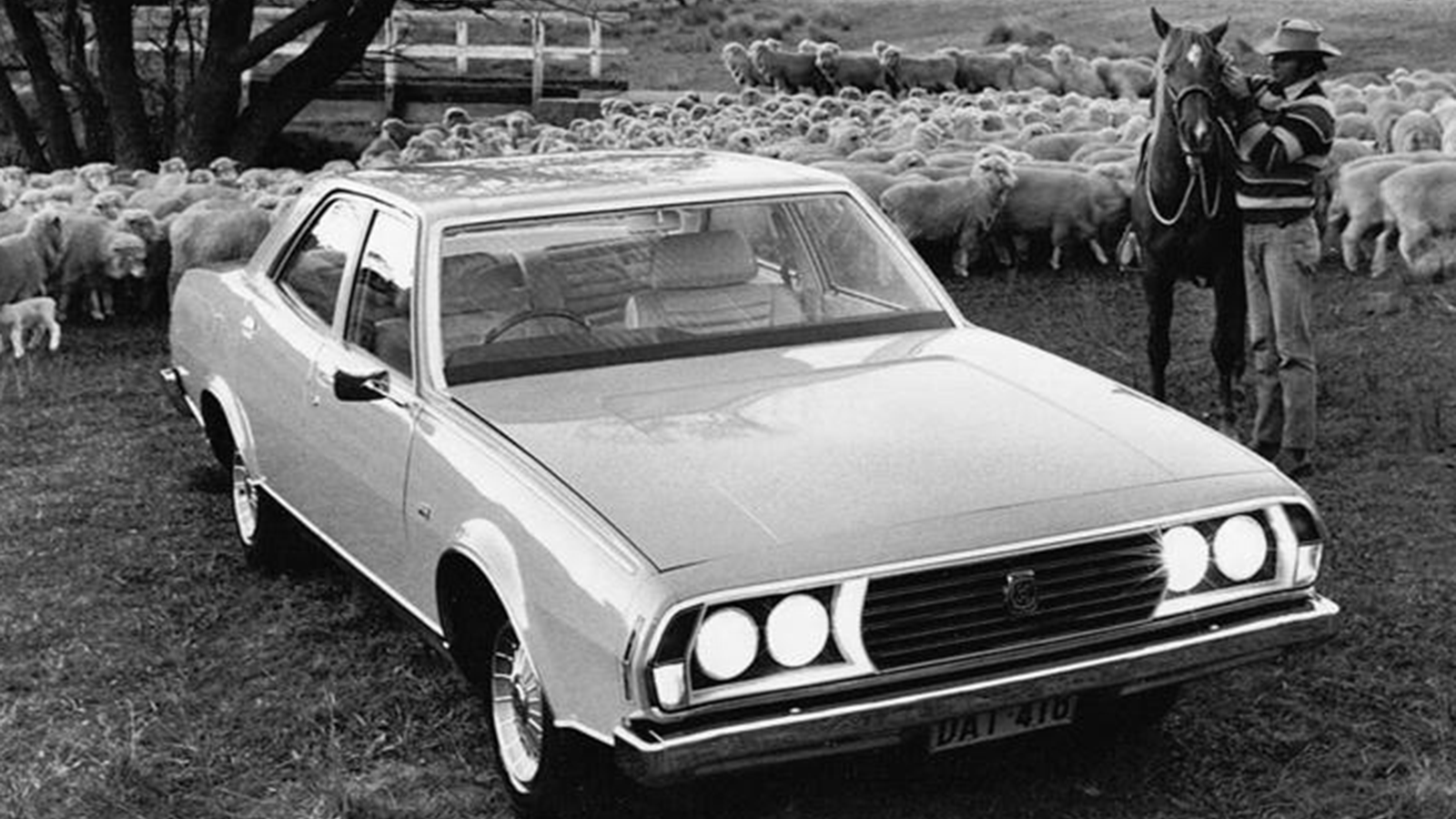 © Leyland Australia
© Leyland Australia -
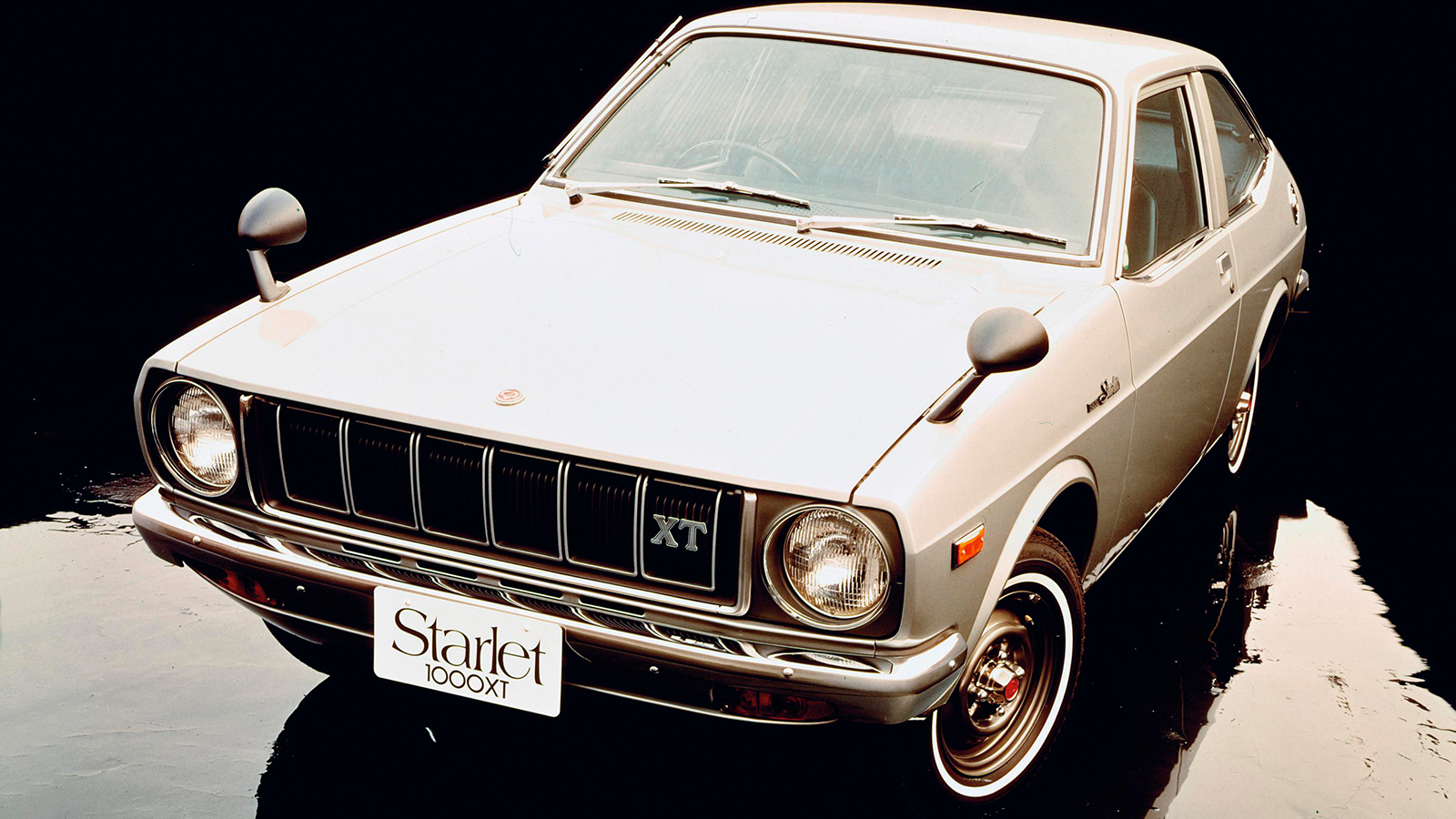 © Toyota
© Toyota -
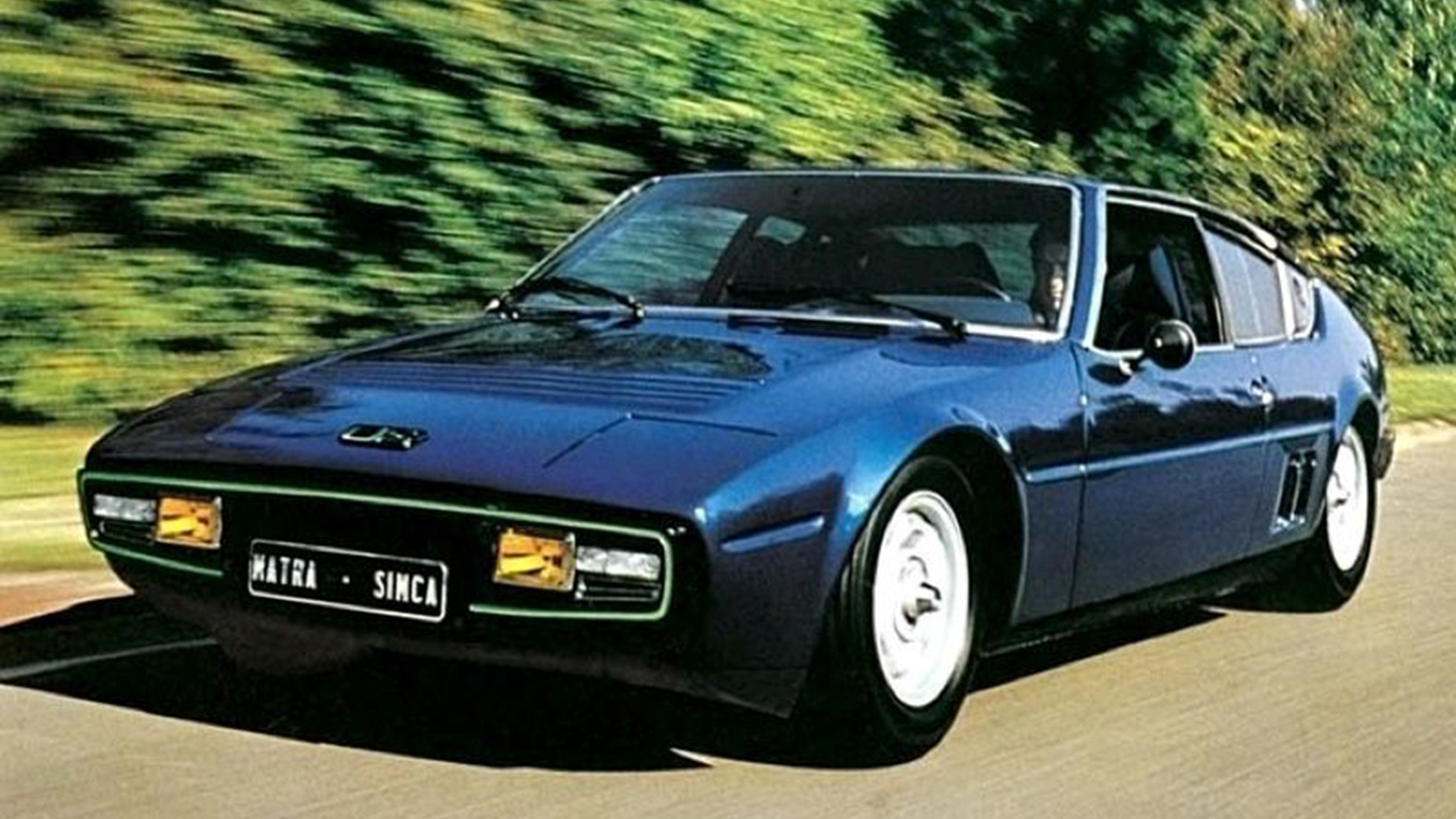 © Matra-Simca
© Matra-Simca -
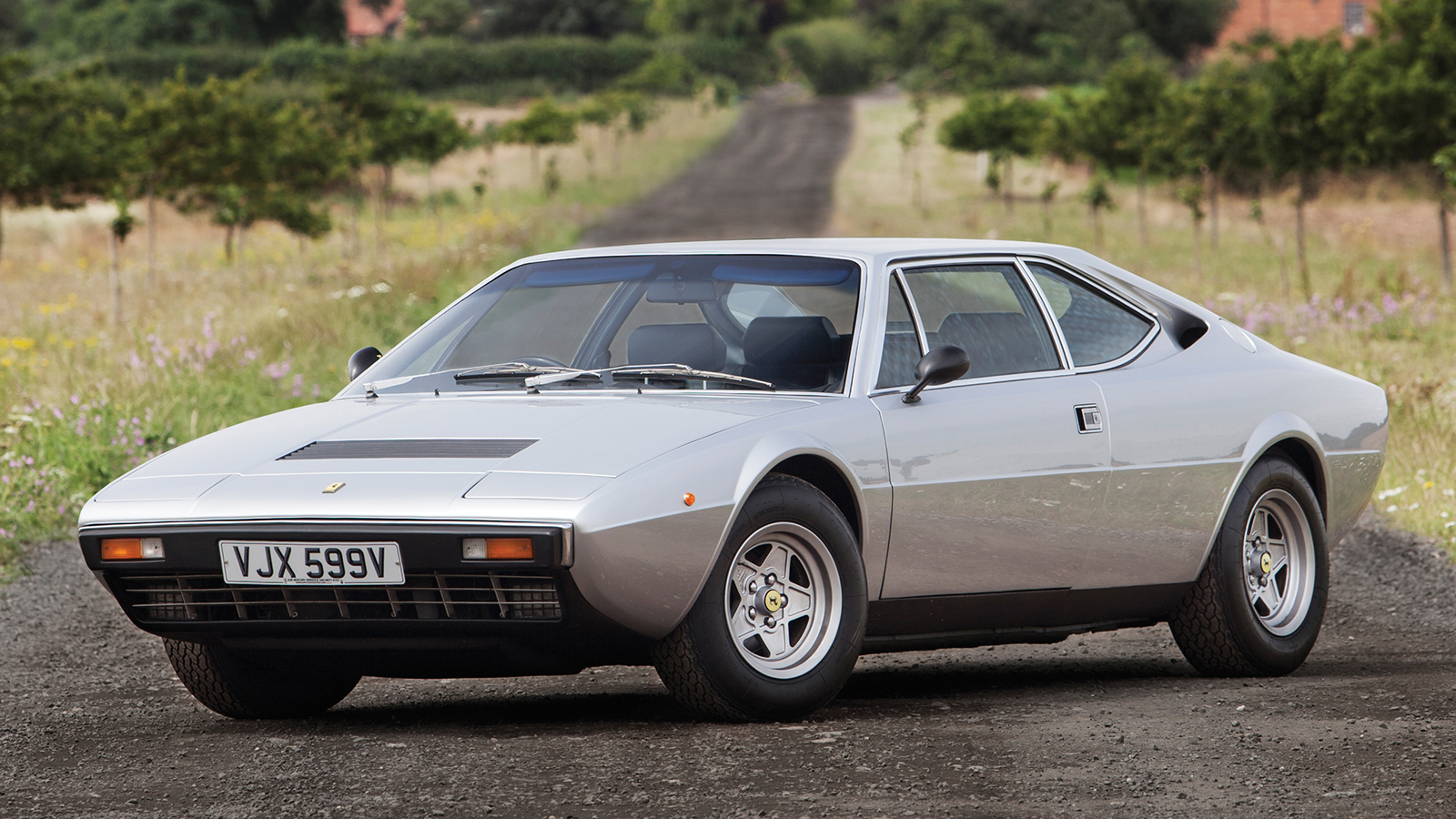 © RM Sotheby’s
© RM Sotheby’s -
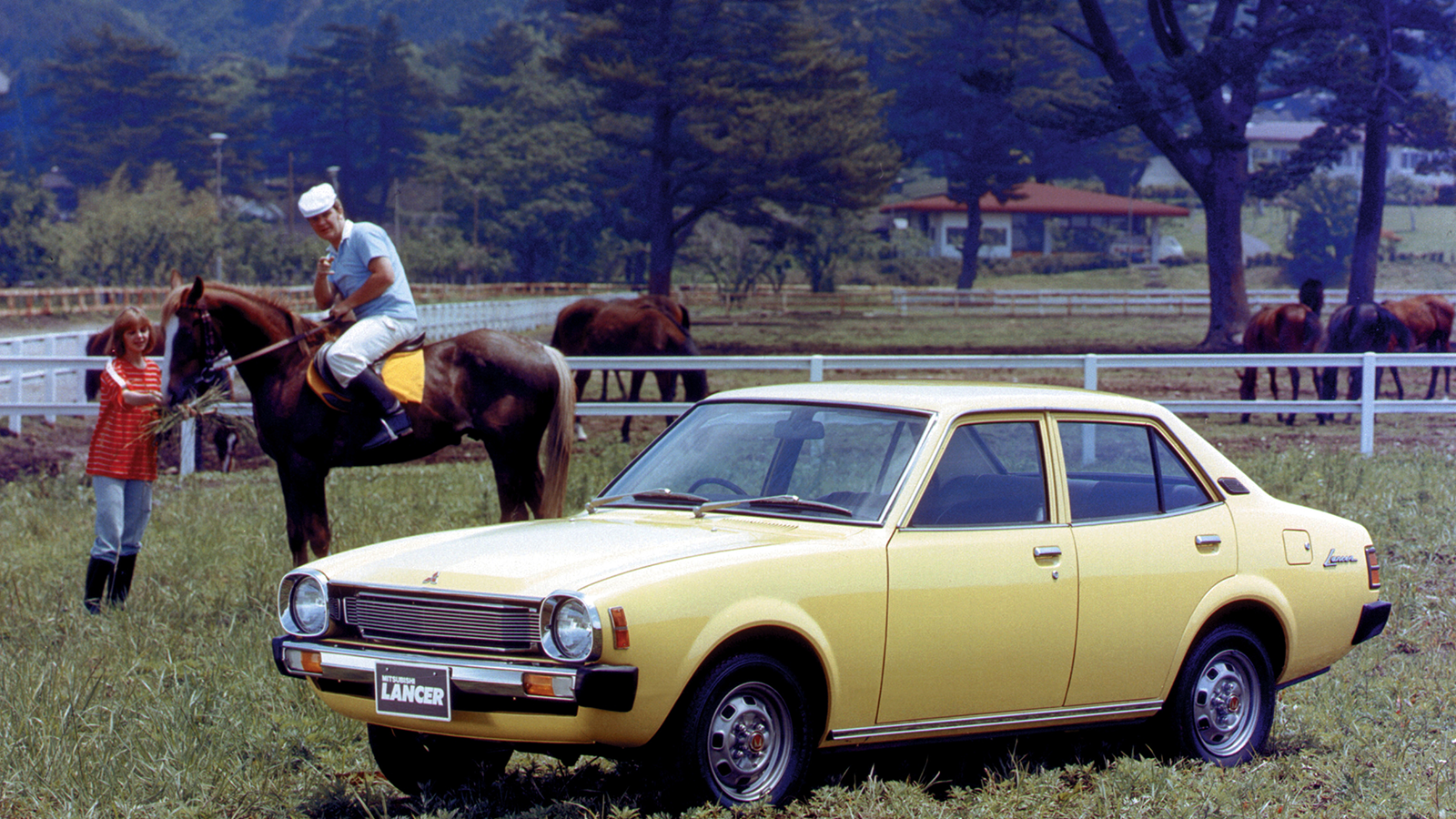 © Mitsubishi
© Mitsubishi -
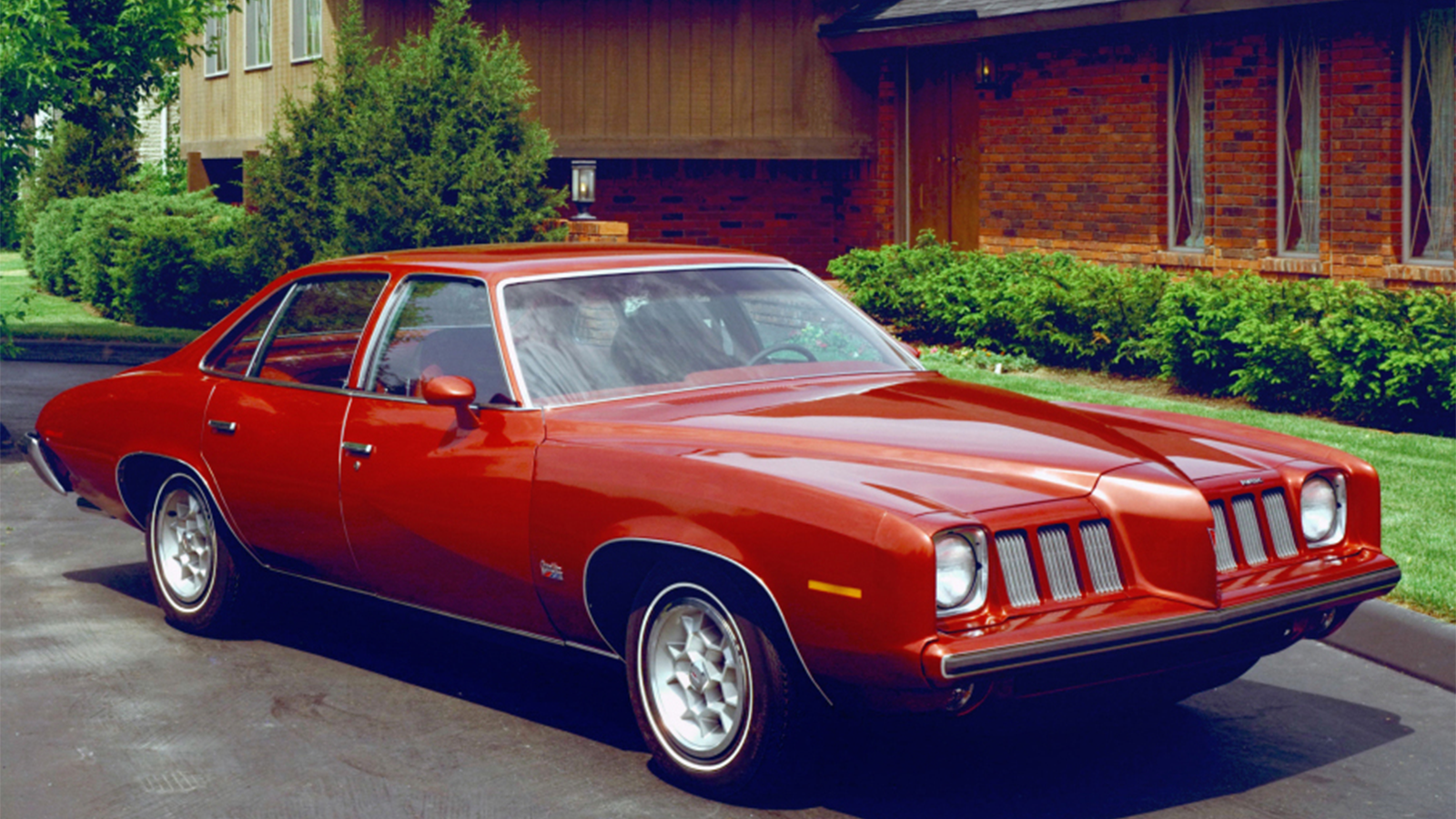 © Pontiac
© Pontiac -
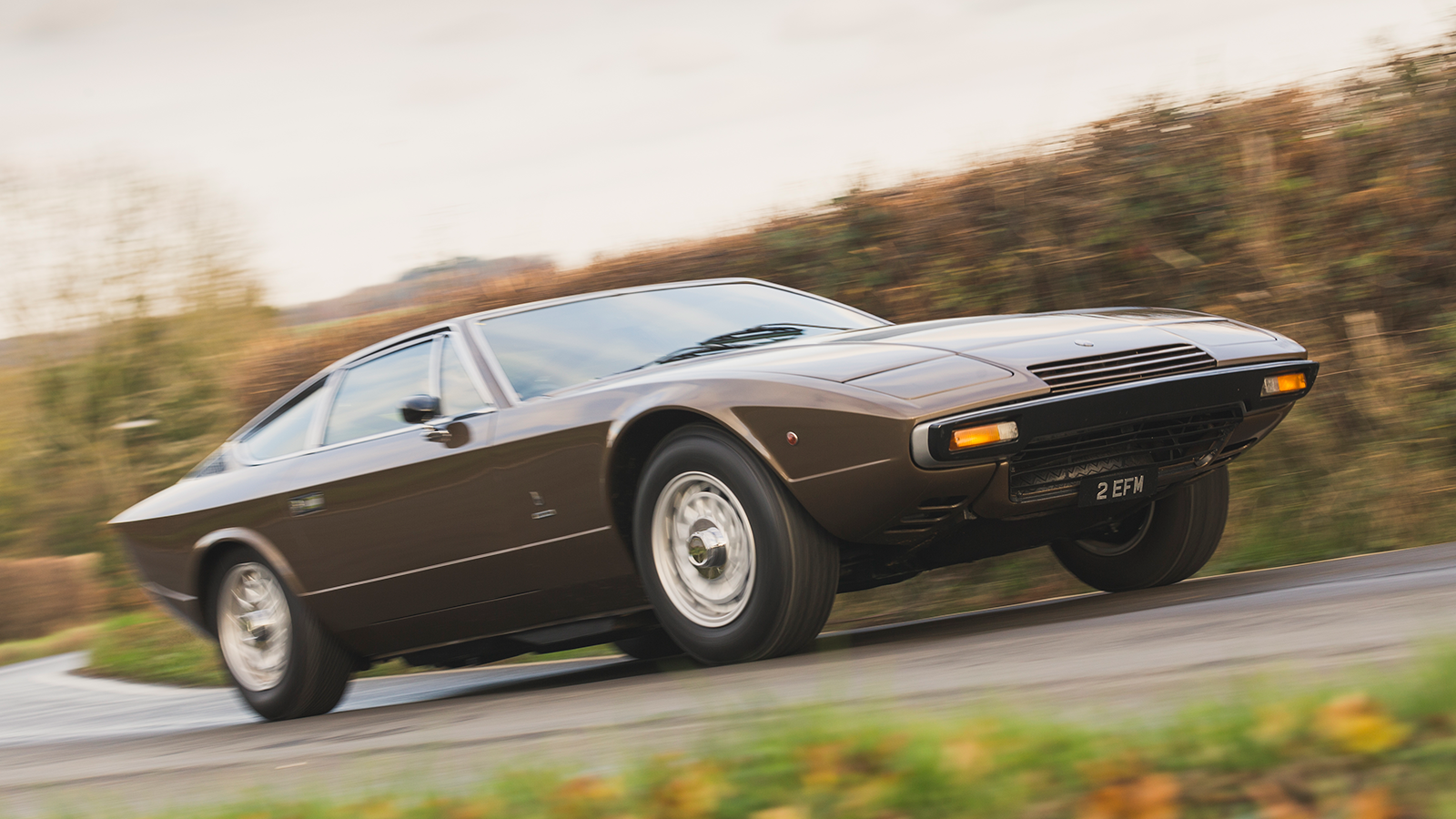 © Luc Lacey/Classic & Sports Car
© Luc Lacey/Classic & Sports Car -
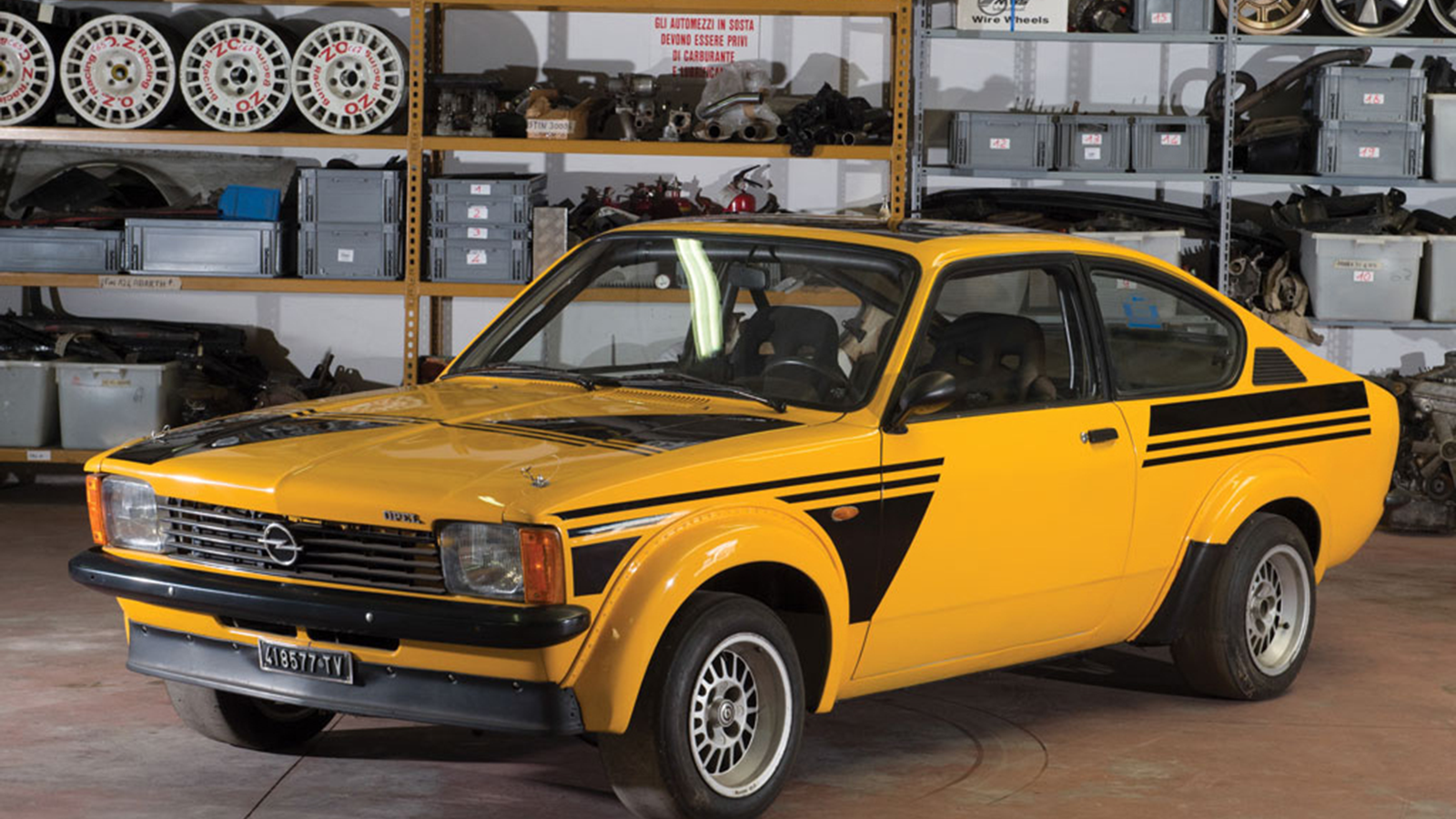 © RM Sotheby’s
© RM Sotheby’s -
 © Ford
© Ford -
 © Volkswagen
© Volkswagen -
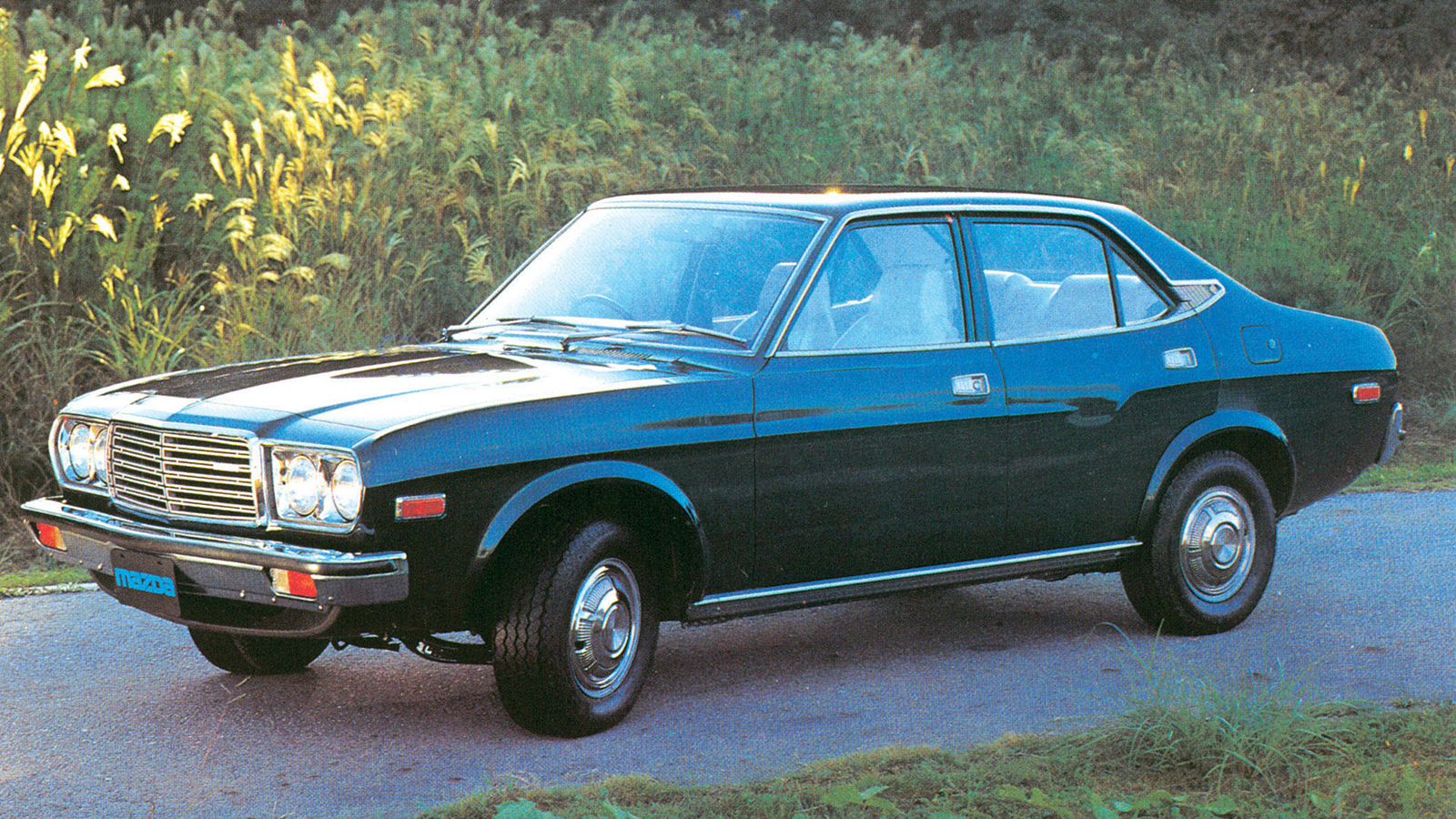 © Mazda
© Mazda -
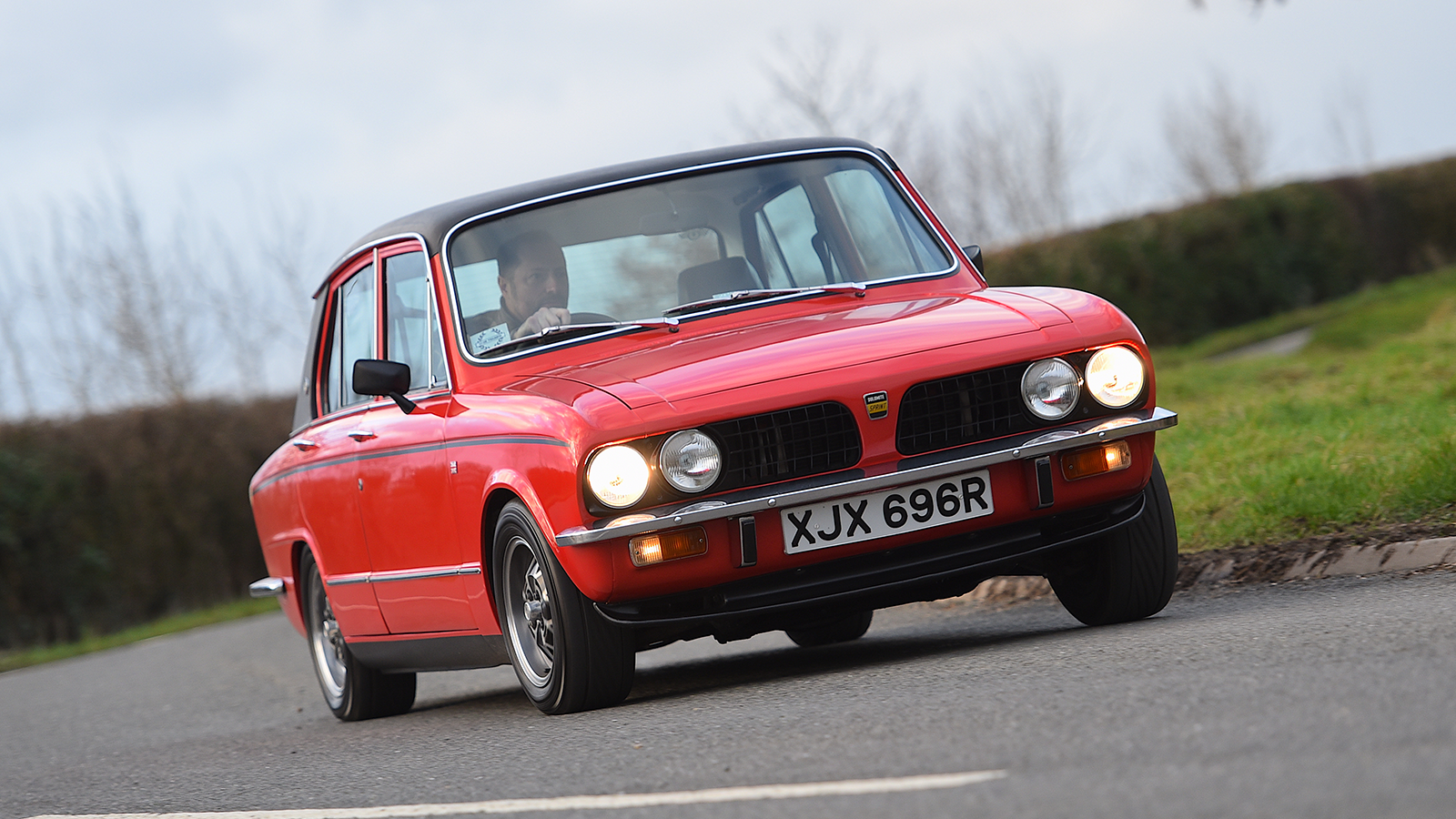 © Classic & Sports Car
© Classic & Sports Car -
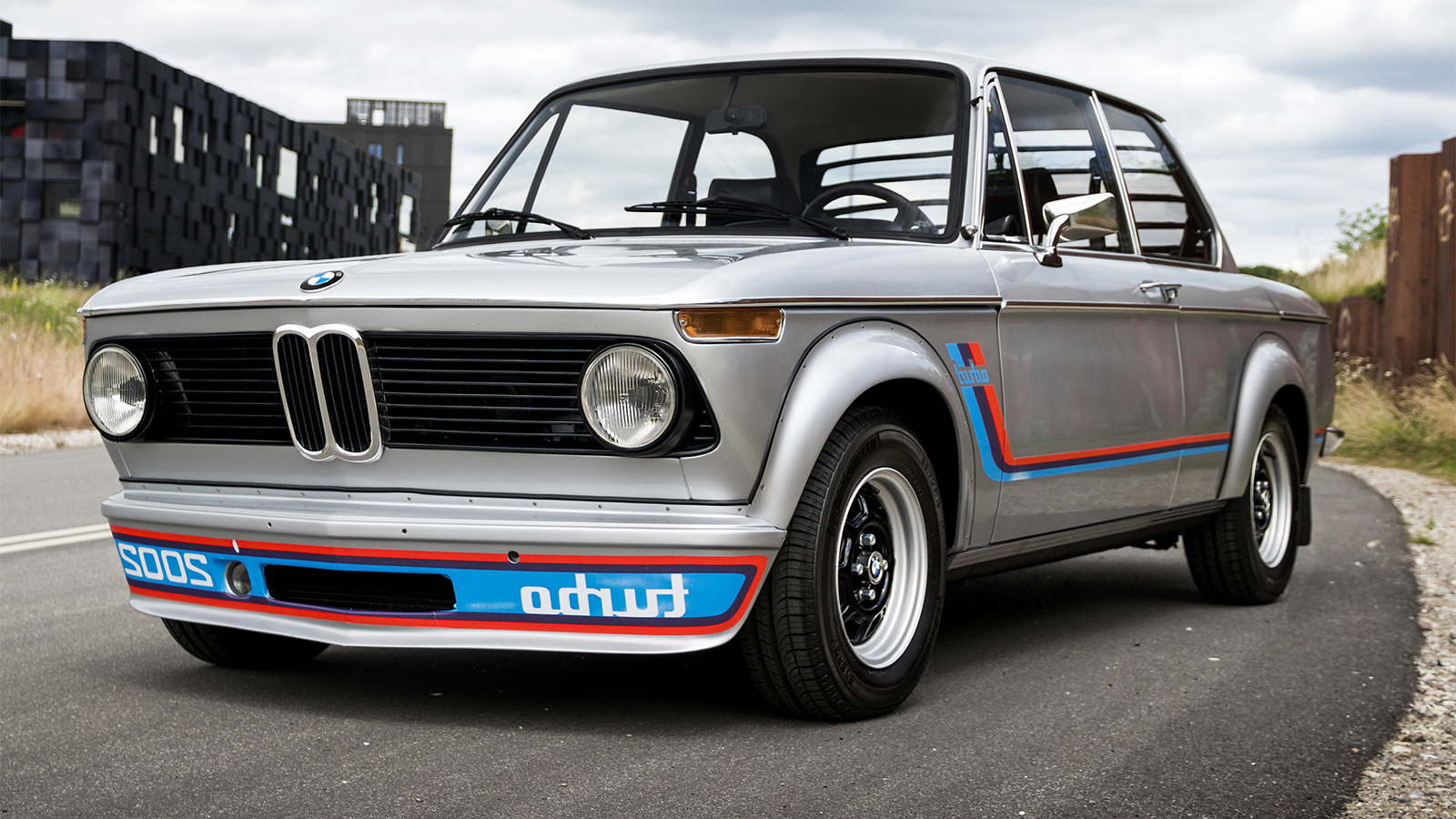 © RM Sotheby’s
© RM Sotheby’s -
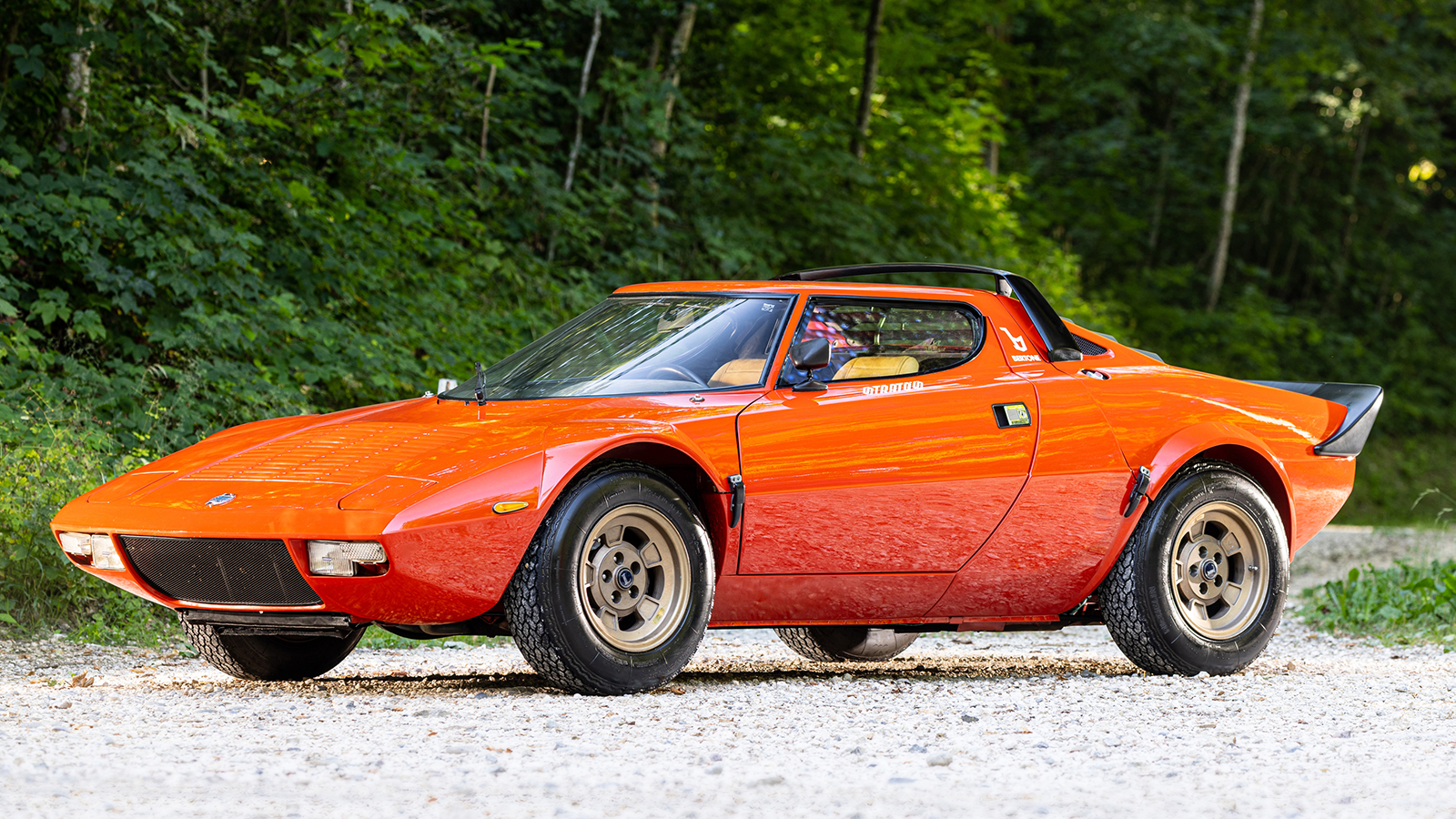 © RM Sotheby’s
© RM Sotheby’s -
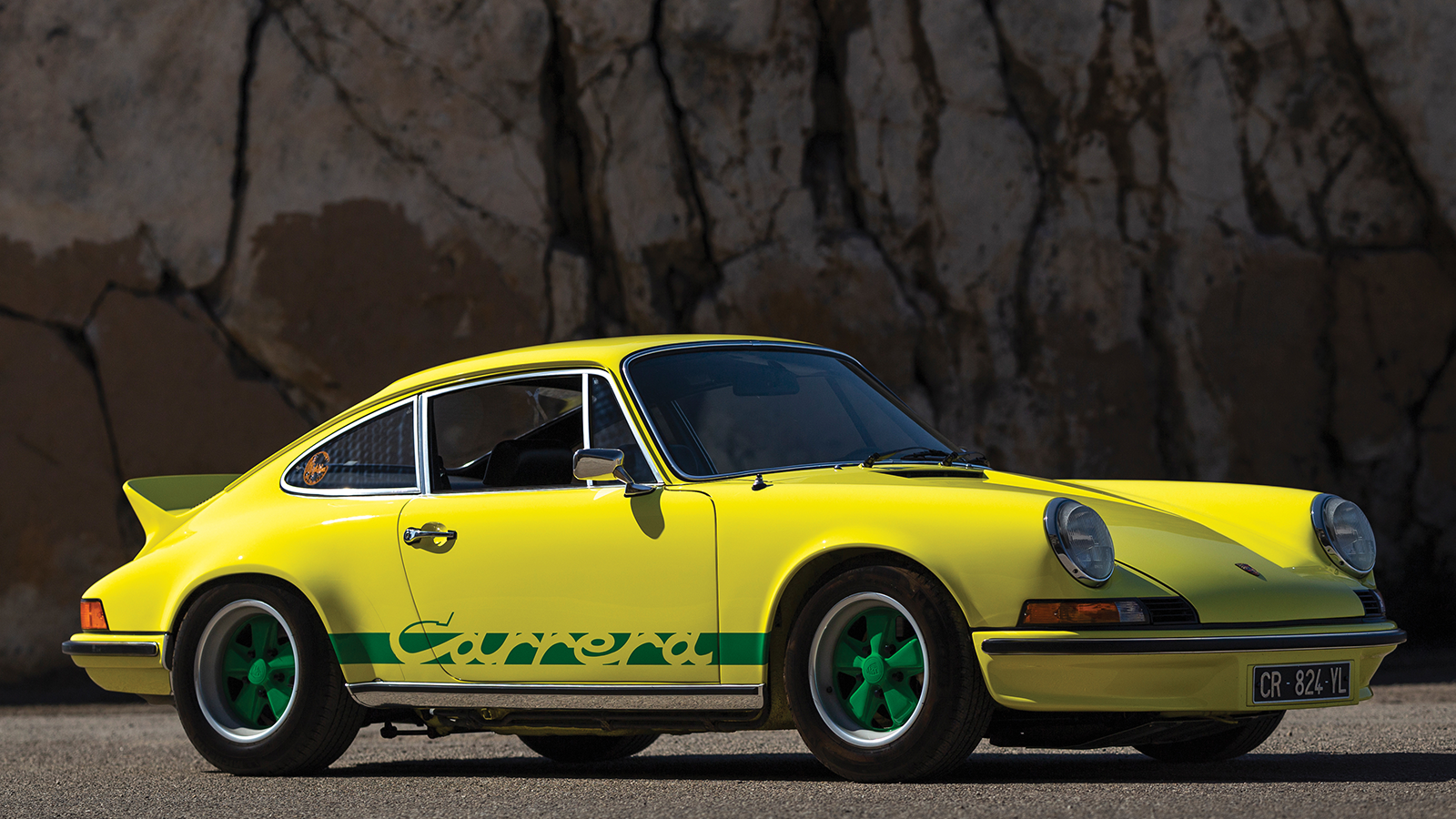 © RM Sotheby’s
© RM Sotheby’s
-
The class of 1973
Has there been a year more pivotal to the overall development of the car than 1973?
Sure, some might point to any time in the 1960s when freshly exotic shapes were launched, sending hearts soaring. There are also years when critically important models entered the fray that not only transformed their maker, but even mobilised a generation.
However, 1973 was a pivot point for the entire motor industry – the enormous increase in the price of oil caused havoc in Western economies, and led to a sharp rethink of what cars needed to be.
Of course, European nations didn’t quite liberalise the price of fuel after the war in the way the Americans did, and even though Stateside economy cars such as the VW Beetle and Nash Metropolitan had garnered a following, fuel efficiency wasn’t automatically high on the list of concerns for most manufacturers.
That all changed in 1973, and with an increasing safety and ecological lobby, car makers had to adapt to a new reality – one that triggered huge queues at petrol stations across the globe.
Queuing for ages to add extra range? We’ve heard about that somewhere else recently…
We’ve rounded up 25 of the cars launched into the febrile market tension of 1973. Which one would you take home?
-
1. Ford Mustang II
It has become a cliché to say how terrible Ford’s second take on the Mustang was. True, it was hardly a snarly muscle car like its predecessor, but it was a vehicle built for the new age and, far from being a flop, sold 1.1m examples over four years.
Designed to take on the Japanese 2+2 coupés and small GM subcompacts, the new Mustang was already going to be a very different car to the Mk1 – a more luxurious proposition. It didn’t even have a V8 for the first year, other than in Mexico.
After being derided for simply not being a Mk1 Mustang, perhaps the Mk2 deserves reappraisal on its 50th birthday?
-
2. Austin Allegro
Over in Europe, the trend for hatchbacks was taking off apace, and Austin wanted to keep pace with that.
The designers envisioned a sleek, sharp-edged machine with input from Giorgetto Giugiaro, but British Leyland’s insistence on parts sharing scuppered that, leading to a somewhat bulbous shape.
This, plus a square-ish steering wheel and a reputation for reliability problems means the Allegro is doomed to forever appear on lazily put together lists of ‘crap’ cars.
That’s despite the reliability quickly improving and the Quartic steering wheel disappearing after a year.
It’s now one of the more appreciated cars on the classic scene, with a hardy band of enthusiasts who love them.
-
3. Buick Regal
Buick introduced two new cars for 1973 – the short-lived Apollo and the more long-lasting Regal. We’ll focus on the latter, because that lived for 47 years across six generations.
While Buick’s Riviera had pioneered the ‘personal luxury car’, the Regal was the brand's belated attempt to offer similar levels of luxury in a smaller (well, all things being relative…) and cheaper car. Launched as a coupe, it soon spawned a sedan version.
The nameplate was retired in 2020, on the back of a rebadged Opel/Vauxhall/Holden Insignia.
-
4. Caterham Seven
Colin Chapman knew that he had to leave the kit-car image far behind if he wanted to advance the reputation of Lotus.
This meant drawing production of the Seven to a close. In stepped Caterham Cars, a major Lotus dealer, whose founder Graham Nearn picked up the rights to produce the car.
In the years since power outputs have increased hugely, with the winning combination of light weight and fastidious chassis tuning making these tiny Tarmac terriers serious contenders against much-vaunted and expensive supercars.
-
5. Volkswagen Passat
The first Passat used the mechanicals of the well-received Audi 80 and slotted them into a three- and five-door hatchback body styled by Giorgetto Giugiaro. A five-door wagon was introduced to the range in 1974.
The car replaced the venerable Type 3 and Type 4. It was the first water-cooled Volkswagen built in Brazil, which was then exported to Iraq in large numbers between 1983 and 1988.
The Passat as a whole is now not long for this world, and has already been discontinued in the USA.
-
6. Chevrolet Chevelle Laguna
The Chevrolet Chevelle Laguna was a rare car even when it was new – with just 108,815 built out of 1.7m Chevelles.
Despite this, and a three-year lifespan, Cale Yarborough won two out of his three Winston Cup victories on the trot behind the wheel of a Chevelle Laguna.
It boasted an extensively redesigned chassis, with highly honed suspension components and, if you ticked the box on the options list, swivelling bucket seats.
It clearly worked – apparently the editor of Speed and Supercar magazine bought the test car.
-
7. Datsun 120Y
This car was the right product at the right time, with small, fuel-efficient engines and six different body styles.
It was the answer to the world’s fuel problems and it proved to be extremely popular in export markets, especially in the USA where it was sold as the B210 and marketed as a miniature Z-car.
In the UK, where it was called the 120Y, it soon rose to become the second most popular foreign import, spurred on by its availability while UK car output was delayed by strikes.
-
8. Reliant Robin
The Reliant Robin might have been a joke to many, but this three-wheeled wagon helped get people on to the road, in the dry, when a 'proper' car was economically beyond them.
Its glassfibre body made it light, and if you were brave enough you could whip one up to 85mph.
It was in production for nearly 30 years, and is the second most popular glassfibre car ever made.
-
9. Chrysler Valiant VJ
The 10th instalment of Chrysler’s Valiant series brought a taste of Plymouth Barracuda to the nose, and a whole host of novel details.
For example, it was the first Australian-built car to feature electronic ignition, while a year later the car gained powered front brakes, a retractable safety bar and improved sound deadening.
It ended up being the most popular Valiant variant sold.
-
10. Ferrari 365GT4 BB
Enzo Ferrari hadn’t been keen on dropping a V12 into the middle of his supercars, believing that the resultant dynamics would be beyond the abilities of most road drivers.
However, as Formula One moved to mid-engined cars and in the face of developments such as the Lamborghini Miura, Enzo finally said yes.
The firm's first 12-cylinder middie, the 364GT4 BB, used a development of the Mauro Forghieri-desinged V12 from the 1969 312B F1 car and the 365GTB/4 to create a very flat V12.
Leonardo Fioravanti’s sharp wedge shape and its 339bhp of thrust meant it could hit 188mph all out after kissing goodbye to 60mph in around 5.5 secs.
-
11. Leyland P76
British Leyland’s Australian offshoot had high hopes for this Giovanni Michelotti-styled machine. It was a bid to take on the might of Ford and Holden’s established Australian offerings.
Sadly, not only was the budget somewhere behind where it needed to be, in the wake of the fuel crisis an 111in-long, V8-powered car was shunned.
And things got even worse: early reliability problems due to rushed construction, strikes in the supply chain and rampant inflation caused a perfect storm of problems.
The P76 did win several plaudits, but it lasted only two years. Since then, it’s become a cult car and, thanks to its hardy construction, a formidable rally car, too.
-
12. Toyota Starlet P40/50
The Starlet may not be Toyota’s most exotic car, but it was the gateway to the brand – and motoring itself for many – for more than 25 years, and even longer as a cheap secondhand runaround.
The first Starlet was only sold in Japan in two-door coupé and four-door saloon form, powered by 1-litre and 1.2-litre engines.
-
13. Matra Baghera
As three-seater cars go the Matra Bagheera is not quite at the same level of infamy as the McLaren F1, but these quirky French machines added a huge dash of chic to the coupé market.
While the plastic body was praised for its style, the ungalvanised chassis beneath caused no end of problems and few cars survive today.
No right-hand-drive Bagheeras were ever made by Matra itself, but Wooler-Hodec in the UK performed a few conversions.
-
14. Dino 308GT4
The 308GT4 was a big departure for Maranello – rather than turning to Pininfarina, Bertone’s Marcello Gandini was commissioned to craft a 2+2 that was on-trend for the time, but still caused enormous controversy.
The Dino badging didn’t help, as the lack of an official Ferrari name caused some buyers to stay away, especially as the wider financial market withered.
They were upgraded to Ferrari badging after five years and, though some traditionalists still don’t revere them, they’ve become a cult car in Ferrari circles.
-
15. Mitsubishi Lancer
Think Mitsubishi Lancer and the mind immediately goes to Tommi Mäkinen and Richard Burns carving up the world’s rally stages in the late 1990s, or the physics-defying roadgoing versions, such as Evo VI TME.
However, wind back to 1973 and the Lancer was the mid-point between the Minica kei car and the Galant, with four models to choose from.
This one, the A70, was also the first to give the Lancer its rallying pedigree, winning the Safari rally twice.
-
16. Pontiac Grand-Am
By the late 1960s, GM had noticed that the likes of Toyota, BMW, Mercedes-Benz and Nissan had made great leaps with the production of luxury sports cars.
Historically, American sports cars were stripped bare, while luxury cars had plenty of what restaurants would call ‘sides’, with powered everything.
The Grand-Am was conceived to unite these two opposing forces and, had it not been for the fuel crisis, things might have been very different.
However, with money in short supply, buyers tended to want one or the other from their American automobiles, not both, and sales stopped after two years.
But the nameplate lived on in other body styles, and it eventually became Pontiac’s best-selling car.
-
17. Maserati Khamsin
Marcello Gandini’s Dino 308GT4 design might have shocked the Tifosi but it’s not his most daring design – not even in the same year.
That has to go to the idiosyncratic but oh-so-wonderful Khamsin.
One of the finest examples of wedge design, it brings supercar styling to the GT genre, with neat ideas such as the see-through tail panel.
Built at the time of Citroën’s stewardship of Maserati, it features fascinating suspension and chassis tech that make a Khamsin quite unlike anything else to drive.
-
18. Opel Kadett C
The Kadett C holds the distinction of being the last small Opel to feature rear-wheel drive.
Though an appealingly designed car, it might have passed into history. However, with drive to the rear and the ease of upgrading to faster parts from the Opel stable, the car has become a cult machine among drift enthusiasts.
Opel itself made go-faster versions in 1975 and 1977, beating VW to the hot-hatch punch by a year. The car also provided the basis for the Vauxhall Chevette, which appeared in 1975.
-
19. Ford Falcon XB
The Ford Falcon XB was an evolution of the original XA Falcon, and aimed to add a bit more grit to the car’s aesthetics.
You could choose from five different body styles and four engines – two V8s and two straight-sixes.
It’s perhaps most famous as being the basis of Mad Max’s Pursuit Special, and for being the subject of Eric Bana’s quarter-century love affair with his car in the documentary Love The Beast.
-
20. Volkswagen Brasilia
Volkswagen Brazil knew that it needed a car to replace the Fusca – otherwise known as the Beetle – and came up with a novel solution.
The car would be a three- or five-door hatchback with Beetle mechanicals, a Karmann Ghia chassis and styling akin to the 412.
Named after Brazil’s capital city, it proved to be very successful with one million sold by the time production ended in 1982.
It’s also famous for being the car that nearly got a journalist shot. A reporter was taking pictures of test vehicles near the factory when the security team opened fire. He survived, and VW made an official apology.
-
21. Mazda Luce/RX-4/929 (LA2)
The second generation of the Luce family, known as the Luce, RX-4 or 929 depending on where you were in the world and the type of engine underneath the bonnet, marked the first properly big Mazda saloon.
The 929 remained the top of the Mazda product tree until 1991, and could be bought in coupé, saloon and estate forms with the Mazda VB engine.
For those who wanted rotary power, the RX-4 had been launched the year before, and in 1973 the option of an estate car was added to the range.
-
22. Triumph Dolomite Sprint
Triumph was well known for its sports cars and roadsters, but the management could see the incoming threat from fast sports saloons from Alfa Romeo and BMW.
Harry Mundy and the engineers at Coventry Climax came up with a single-overhead-camshaft, four-cylinder engine with 16 valves.
It was remarkably quick for the time, with an 8.4-sec 0-60mph sprint. The addition of a limited-slip differential and beefier brakes made it a formidable sporting saloon of the era, and a successful competition car, too.
-
23. BMW 2002 turbo
BMW is a byword for sports saloons, but, even among the greats from the Munich manufacturer, the 2002 turbo stands out.
Not just because of the divinely lairy colour combination, but also the presence of a Kühnle, Kopp and Kausch turbocharger and Kugelfischer fuel injection – it was not only the first turbocharged BMW, but the first turbocharged European production car.
It was very fast, too, with 170bhp and enough lag to run around the car twice before the 175lb ft of torque walloped in.
-
24. Lancia Stratos HF Stradale
The Lancia Stratos was a great piece of opportunism by Bertone: the Fulvia was coming to the end of its rallying life, and it needed replacing.
The answer came from Marcello Gandini, in a car so low it could pass under the Lancia factory gates.
The 2.4-litre V6 engine came from Ferrari (with a bit of a fight from Enzo himself) and set the car up for three World Rally Championship titles back-to-back and victory on the 1974 Targa Florio.
Just 492 are believed to have been made and the road car is no slouch, even if it was downtuned to 188bhp. It could whip to 60mph in less than 7 secs.
-
25. Porsche 911 Carrera RS 2.7
It was the car that Porsche’s marketeers didn’t want to sell, but in the end it sold out remarkably well, and spectacularly quickly – not bad for a homologation special in 1973.
The Carrera RS 2.7 has become a defining 911 – perhaps the defining 911 – and offers the tried-and-tested winning package of less weight and more power.
Signature bodywork items such as the 'ducktail' rear spoiler are still being used today by its maker on modern cars, and the aesthetic has inspired many a restomodder in tribute.
